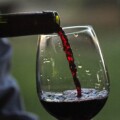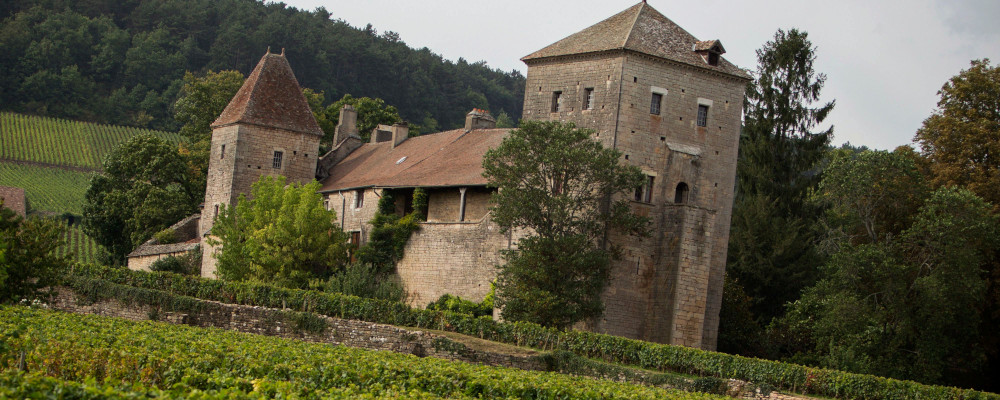Wine writers practice access journalism, a phrase used with derision in the business of hard news. There it’s when reporters who get too close to their subjects are suspected of being compromised. Wine writers don’t worry about that too much; we can’t afford to. If we don’t have access to the wine, we have nothing to write about.
Even if a wine writer was so independently wealthy they could buy all the wine they wrote about they’d have to be organized enough to figure out which wines to buy, when, and where, and seek out the people who made them. Wine writers are notoriously disorganized (except for their wine notes) and winemakers are notoriously busy and focused on their day job of making wine, where one mistake or bad day could cost them an entire year’s work.
I tried to organize a small wine trip for myself in Northern Italy this spring. I had a very good time in Piedmont, I managed to learn a few new things and wrote a column for The Hub based on it. But professionally it was a bit of a disaster, and not just because a canceled flight caused an unscheduled layover in Germany. I had forgotten key logistical factors, like ground transportation, and I had no redundancies when things didn’t work out the way I had hoped or planned.
Like the reporters who cover Hollywood stars, wine writers need access and organization and more often than not that means a reliance on public relations professionals and their winemaking clients. This reliance doesn’t eliminate conflicts of interest but it does work in a particular way in the wine world.
You may notice that very little of the wine media concerns itself with bad reviews. That’s because in a world awash with wine there’s no need. There’s always another wine, or region, or whatever to write about. Outside of stories of abject fraud, or intergenerational culture war (see “natural wine”), there’s not a lot of call for notices of wines to avoid. Also, wine writers wish to avoid these wines as well, so we tend to focus on what to recommend.
Conflicts of interest in the wine media, such as they perceived to arise, are generally Pollyannaish. Like the grade inflation that is frustrating post-pandemic university admission, wine score inflation is now more or less a given among those who still rate wines numerically. Scrutiny of any popular 100-point scale will more often not reveal it to be more like a 12-point scale (88-100), or less, assuming anything over 95 points is rare.
I stopped rating wines numerically some years ago because in part of my access conflict of interest, but mostly because it was absurd to proscribe a quantitative score to a qualitative experience. A glass of wine is not a foot race or a hockey game. It depends entirely on context and its value cannot be fixed outside of its price on the market.
I have a different conflict of interest related to access journalism: TMI. TMI in real life stands for too much information, and it’s what we say to those who are sharing something we find distasteful or embarrassing. TMI in wine life, really just means there’s too much information to convey in a standard media hit. Or there’s too much information for a consumer (or writer) to process and remember about a given wine.
My next column is about the red wines of Languedoc in the South of France, where I traveled as a guest of the Vins du Languedoc in May this year. I tasted as much wine from as many places as I could. A lot of it was really good. But writing about it will be complicated.
The Languedoc has its own regional appellation, Languedoc AOP. There are, after that, nine sub-regional appellations, which actually make more wine and wines than the general one: Cabardès, Clairette du Languedoc, Corbières, Limoux, Malepère, Picpoul de Pinet, Pic Saint Loup, Saint-Chinian (which has it own two sub-designations), and the Terraces du Larzac.

After those nine (or eleven depending on how you count), there are five village-designated appellations that are mini regions within the subregions, centred around a small town (usually with a castle). Some of my favourite reds came from the designated villages of Corbières Boutenac, Faugères, Fitou, La Clape, and Minervois La Livinère.
Apart from physical place and some geographical variance like soil type, elevation, or proximity to the sea, the main differences between the wines of the villages were the particular blends of grapes appellations allowed or encouraged. The style across all is easy on oak and big on fruit, leading towards a brooding complexity, with some interesting things being made with blends that favour old vine Carignan or Mourvèdre.
The challenge will be figuring out what information to leave in about the wines from the five villages, and what to leave out. The temptation is to leave everything in, and that’s the site of the conflict. A savvy wine writer will learn very quickly never to show their work to its subject before it is published or posted. The subject will invariably be disappointed that some detail has been left out.
A TLDR (too long, didn’t read) version of the column might just simply be to look out for a label or wine listing with the name of a village on it. Or just a lot of names. The more specific the place of origin, the more embarrassed the winemaker might be if things didn’t turn out right. But there are probably a few more details for me to fill out among my pages of notes, and hopefully the subjects won’t be too disappointed.
Recommended for You
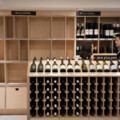
Malcolm Jolley: Keeping the California Cab Sauv on the shelf? Here’s what patriotic wine-loving Canadians can drink until Trump’s trade war is over
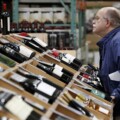
Malcolm Jolley: Whether it costs $20 or $200, wine has never been better—here’s why
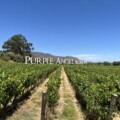
Malcolm Jolley: Wine-tasting your way through Chile? Check out these must-visit wineries
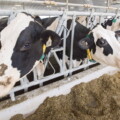
DeepDive: Canada should get rid of supply management once and for all. Here’s a plan to do it
